Study Guide Zoology Exam 3
1/33
There's no tags or description
Looks like no tags are added yet.
Name | Mastery | Learn | Test | Matching | Spaced |
|---|
No study sessions yet.
34 Terms
Acoelomate definition
Animals that lack a body cavity (coelom) between the digestive tract (gut) and outer body wall
What is triploblastic body plan?
Organisms that have 3 embryonic layers consisting of the ectoderm, the outermost layer, the mesoderm, the middle layer, and the endoderm which is the innermost layer.
Which phylum possesses a more complex level or organization? Cnidarians or Platyhelminthes
Platyhelminthes
What clade does the Platyhelminthes belong to?
Lophotrochozoa, a major group within the protostomes
How many species are there within the Platyhelminthes?
Approximately 20,000 species
Basic Characteristics for the Platyhelminthes
Dorsally flattened
Has bilateral symmetry
Unsegmented
Acoelomate
Triploblastic
What type of digestive system do the Platyhelminthes have?
They have an incomplete or absent gut
What type of nervous system do the Platyhelminthes have?
They have an anterior ganglia (primitive brain) and longitudinal nerve cords with transverse connections that appear ladder-like.
What type of reproduction do the Platyhelminthes have?
They are monoecious (hermaphroditic
Classes of Platyhelminthes
Turbellaria: most are free living flatworms that are aquatic (ex. Planaria)
Monogenea: they are external parasites (mainly on fish) that have a simple life cycle
Trematoda: They are internal parasites (flukes) that have a complex life cycle involving intermediate hosts.
Cestoida: Tapeworms essentially, which are intestinal parasites of vertebrates that have no digestive system and absorb nutrients directly from the host.
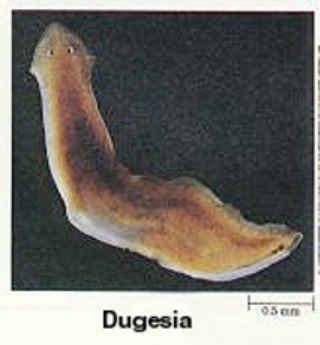
General Characteristics for Turbellaria
There are 3,000 species
Mostly free living and are found in freshwater, saltwater, and a few terrestrial environments
Carnivorous
Size can range from 1 cm to 60 cm
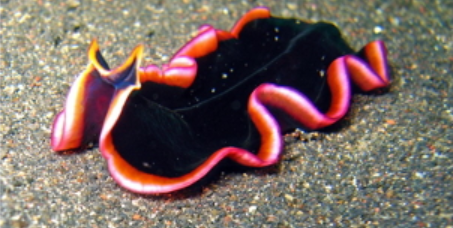
Platyhelminthes: Turbellaria Body Wall Composition
Ectodermal: Originates at the epidermis which has microvilli and is ciliated
Mesodermal: Originates at the muscle layers which are circular, longitudinal, and dorsoventral. It can also originate at the parenchymal cells which fills up space and support organs.
Endodermal: Originates at the gastrodermis which lines the gut/digestive cavity (digestive cavity secretes enzymes and absorbs nutrients)
Platyhelminthes: Turbellaria Body Structure Ventral Surface Features
Most organs are close to the ventral body wall
Ventral Surface has ventral nerve cords
The Epidermal structures include Rhabdites, adhesive and releaser glands, and cilia
Rhabdites: Mucus secreting rod-shaped cells
Adhesive and releaser glands: Aid in locomotion
Cillia: For gliding movement
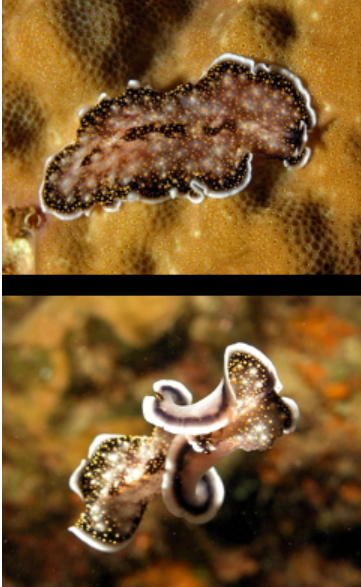
Platyhelminthes: Tubellaria Locomotion
They can move via creeping and swimming.
Creeping: cilia covered epidermis and mucus sheet (head first) causes turbulence in the water. Beatings of the cilia propels the worm forward and the mucus sheet helps reduce friction on substrates. There is also muscle contraction involved in providing control and direction.
Swimming: less common, involves the undulation and contraction of the muscle to thrust against the water allowing for smooth wavelike motions through the water.
Platyhelminthes: Turbellaria Feeding Diet
They mostly feed on small invertebrates, dead larger organisms, and algae
Platyhelminthes: Turbellaria Digestive Systems
They have a blind gut meaning they only have one opening that serves as a mouth and they do not have an anus. Digestion begins extracellularly in the gut cavity and complete intracellularly via phagocytosis. They have a pharynx that is used to ingest food and excrete waste. Once food enters the pharynx it passes to the gastrovascular cavity where digestion and nutrient absorption occur. It also takes place of a circulatory system.
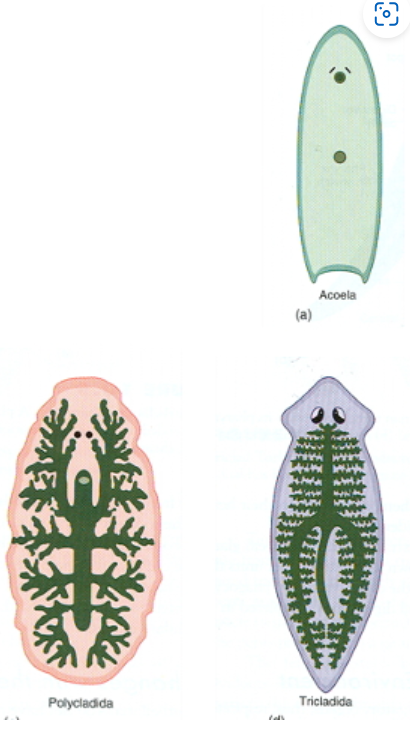
Platyhelminthes: Turbellaria Groups based on gut complexity
Acoela: no gut or very simple
Tricladia: three branched gut
Polycladia: multi branched gut
Intestinal branches spread throughout the body, allowing for efficient distribution of nutrients, if there is increased complexity in the branches, there is an increase in area of digestion and absorption meaning they can digest larger amounts of food.
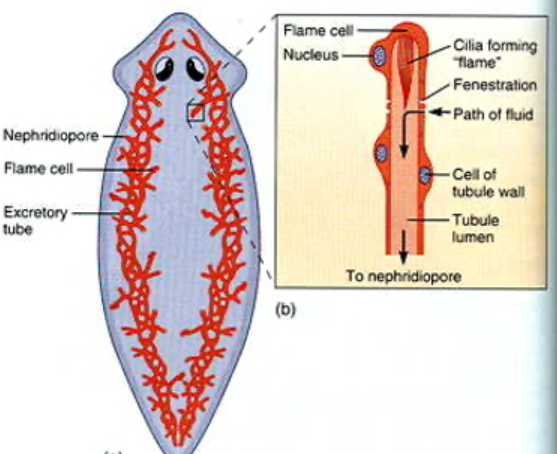
Platyhelminthes: Turbellaria Osmoregulation
This is essential for maintaining water and ion balance by removing excess water and nitrogen waste (ammonia) especially because many species live in freshwater or marine environments. Freshwater species take in water by osmosis and must expel it in order to not burst, while marine species are isotonic. Isotonic refers to their ability to maintain an equal concentration of solutes inside and outside their cells.
Platyhelminthes: Turbellaria Exchanges with the environment
Gas exchange: via simple diffusion
Metabolic Waste Removal: via simple diffusion
What is the protonephridia in the phylum Platyhelminthes class Turbellaria?
Part of the osmoregulation process. The primary osmoregulatory organs in turbellarians. They consist of networks of tubules ending in specialized flame cells with cilia that create flame-like movements to draw in fluid into the system. The network of tubules transports the filtered fluid away from the flame cells. The nephridiopores (fenestrations) are openings through which fluid is expelled from the body.
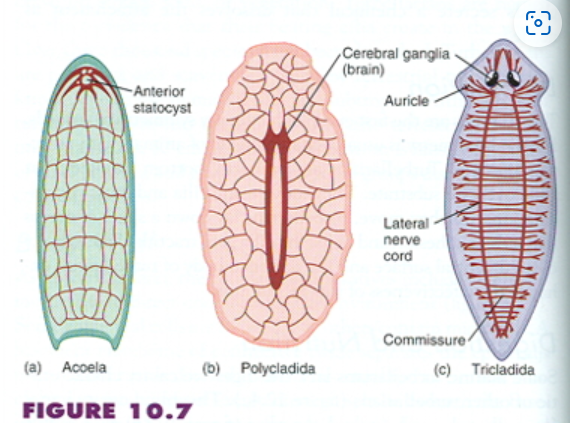
Platyhelminthes: Turbellaria Nervous System
Acoela: Subepidermal nerve plexus (nerve net) and has statocysts for balance
Tricladida: They have a centralized cerebral ganglia and a distinct head region with paired longitudinal nerve cords that are connected by commissures, creating a ladder like nerve structure and lateral nerve branches.
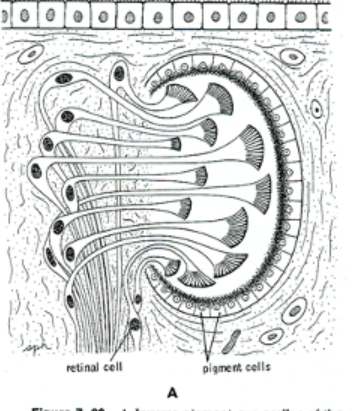
Platyhelminthes: Turbellaria Sensory System
Touch Sensors (tactile receptors): distributed throughout the body, composed of sensory cells, help the organism navigate surfaces, avoid predators, and detect prey.
Chemical (Olfactory) Receptors: function is to detect dissolved chemicals, food sources, toxins. Primarily found on the head (usually around auricles if present)
Pressure Sensors: Function to detect water currents, pressure changes, or fluid movement around the body.
Statocysts: Detect gravity and help with body orientation. A fluid filled sac containing granules that is surrounded by cilia.
Ocelli (simple eyespots): Function to detect light intensity and direction.
Negative Phototaxis: Turbellarians are usually negatively phototactic, meaning they move away from light. This behavior protects them from UV damage and desiccation.
Platyhelminthes: Turbellaria Reproduction
Exhibit both asexual and sexual reproduction.
Asexual Reproduction includes transverse fission where the body divides into 2 parts along a transverse plane (across the body). The result is 2 genetically identical individuals which is a form of clonal reproduction.
Asexual reproduction produces zooids, which are genetically identical individuals that may remain attach to the parent organism or live independently. Zooids can form colonies that live in a coordinated manner.
Sexual reproduction includes knowing that these species are monoecious (have separate sexes and reproductive organs). It includes the cross fertilization of the male and female gonads (although some species can self fertilize). Eggs are encased into a cocoon where development can be direct growth or involve larval metamorphosis.
Male has testis, sperm duct, seminal vesicles, penis, genital chamber
Female has ovary, oviduct, vitellaria, copulatory sac, and genital pore.
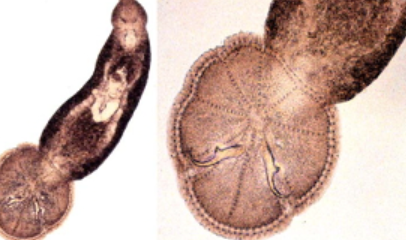
Platyhelminthes Monogenea Overview
Type of Parasite: Ectoparasite
Primary Host: Fishes
They attach onto the gills of fishes to feed the organism’s epithelial tissue, mucus, and blood.
They attach to the host using their opisthaptor which is a posterior attachment organ.
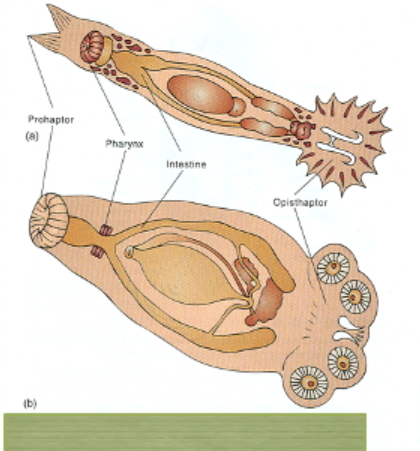
Platyhelminthes Monogenea: Life cycle
They have a single generation where the life cycle involves only one generation of individuals per host.
Life Cycle Process:
Ciliated Larvae: The larvae swim freely in the water
Attachment to New Hosts: The larvae finds a new host (typically a fish) where they attach using the opisthaptor.
Mature into Adults: Once attached to the host, the larvae develop into adults and begin to feed on the host’s tissues
Reproduction: reproduce directly on the host with no intermediate hosts and the life cycle repeats.
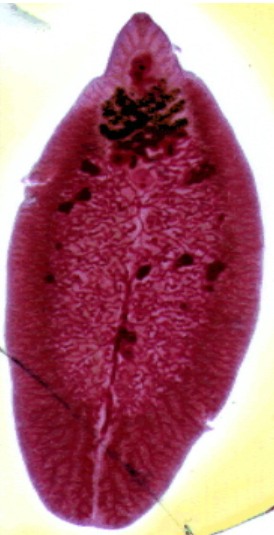
Platyhelminthes Trematoda (flukes) Overview
Has 8,000 species
As adults they are all endoparasites
Usually range from 1mm to 6cm in size
They are flukes
Their host in their adult form are usually vertebrates
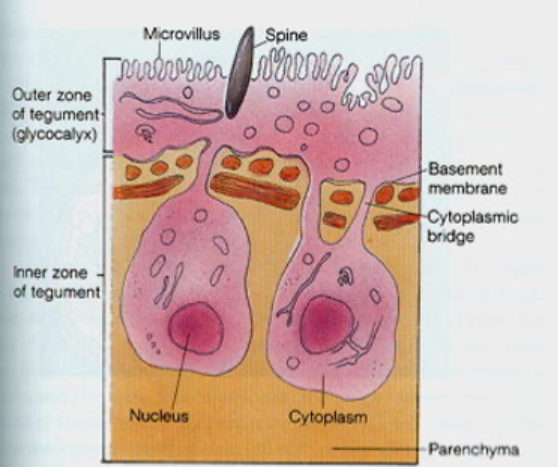
Platyhelminthes: Trematoda Tegument (Body Wall)
The tegument is the specialized body wall that helps trematodes survive their parasitic lifecycle. It serves as a protective covering for feeding on host cells, protection from the host immune system, and absorption of nutrients.
Structure:
Outer Zone
Glycocalyx: A sugar rich coating
Microvilli: Finger like projections on the outer surface for absorption and attachment
Base membrane: Supports the outer layer
Cytoplasmic Bridge: Connects outer zone to inner zone
Inner Zone
Contains the nucleus and most organelles required for cellular functions.
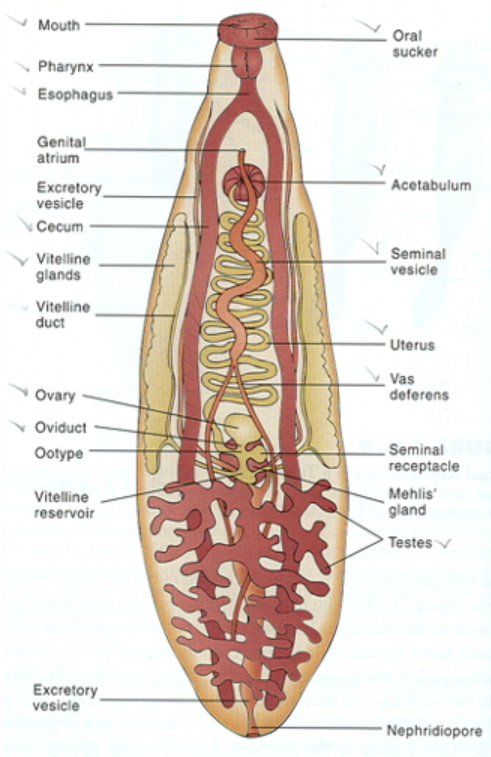
Platyhelminthes: Trematoda Body Plan
External:
Oral Suckers: Used for attachment to the host and feeding
Mouth: Opening for ingestion of food.
Pharynx: Muscular tube that moves food from mouth to the digestive system.
Esophagus: Connects mouth to digestive cavity
Acetabulum: A second sucker used for attachment
Internal:
Excretory Vesicle: Stores excretory waste
Nephridiopore: Opening for waste elimination
Reproductive Organs
Ovary, Oviduct, Uterus
Vitelline Gland: produces eggs
Testes, Seminal Vesicle, Vas Deferens
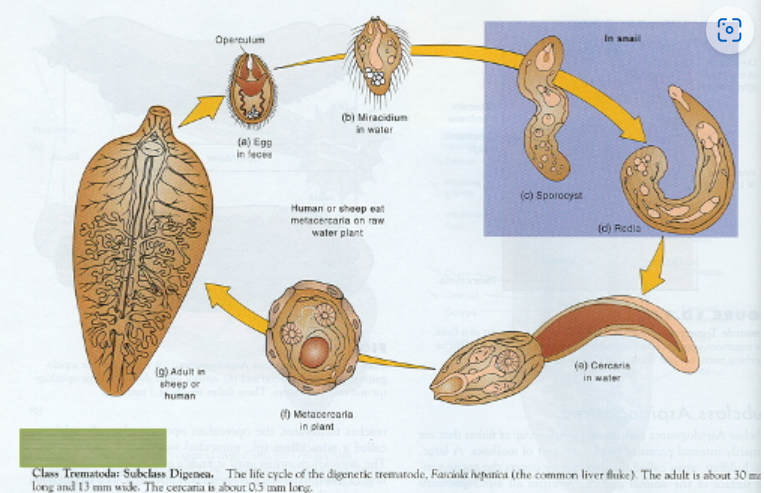
Platyhelminthes: Trematoda What is Complex Life Cycles (general)
At least 2 hosts are required for the parasite to complete its life cycle. Usually one intermediate host (often an invertebrate) where the larval stage develops and a definitive host (a vertebrate) where the parasite reaches sexual maturity.

Platyhelminthes: Trematoda Life Cycle of Schistosome Fluke
Egg is released by adult flukes (can be released through feces and urine)
The egg hatches into a miracidium that infects a snail by penetrating snail tissue
Sporocyst develop within the snail
The cercariae is released by the snail into the water and enters the human host directly through penetrating the skin, matures into adults in the human bloodstream, and reproduce in the liver.
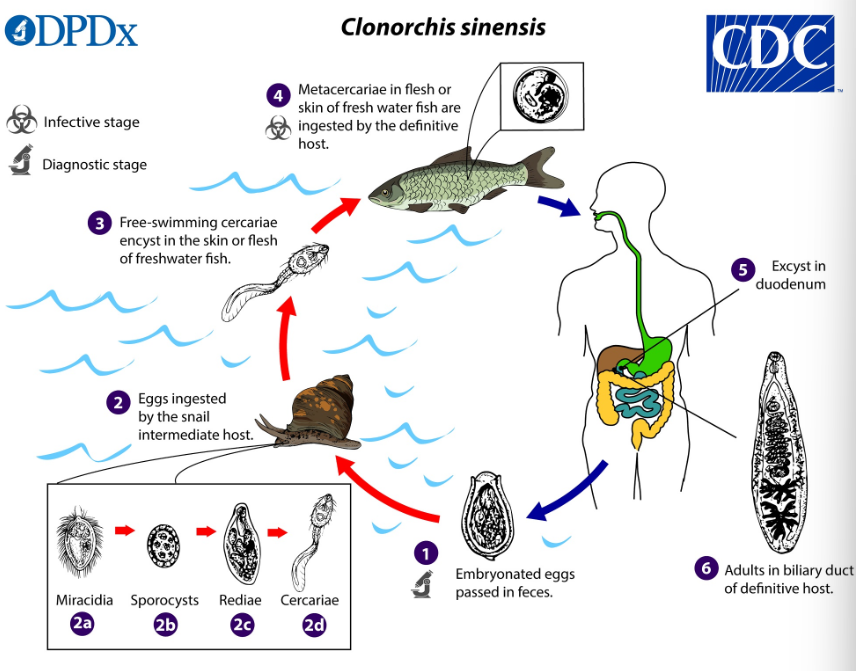
Platyhelminthes: Trematoda Life Cycle of Clonorchis Liver Fluke
Egg is released into the environment by the adult fluke
Platyhelminthes: Trematoda General Life Cycle